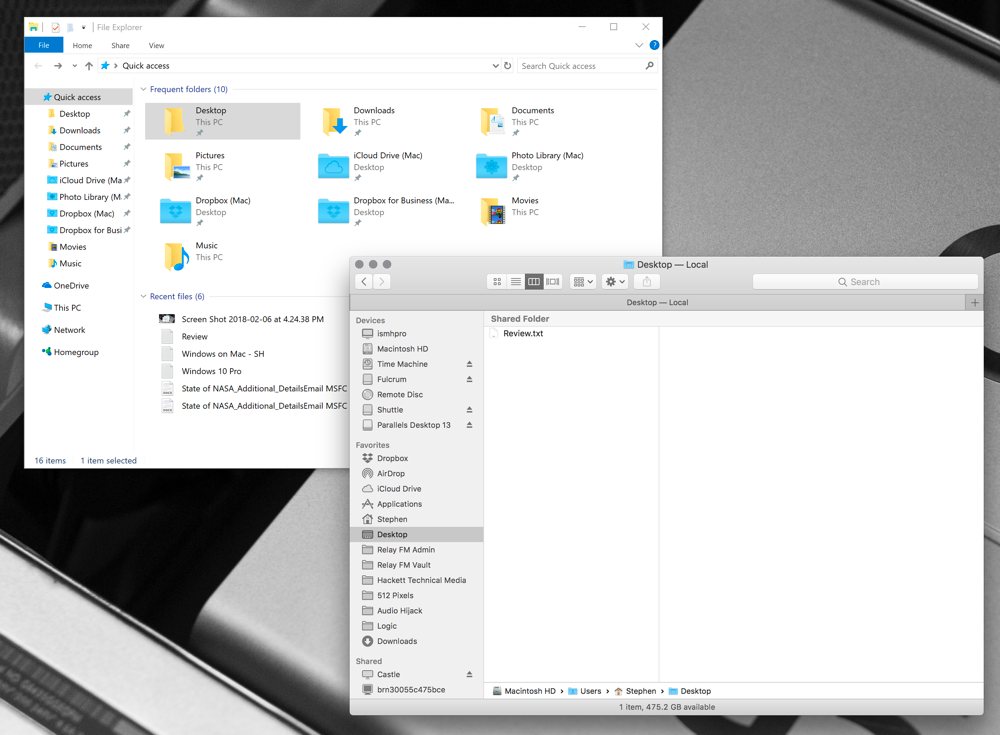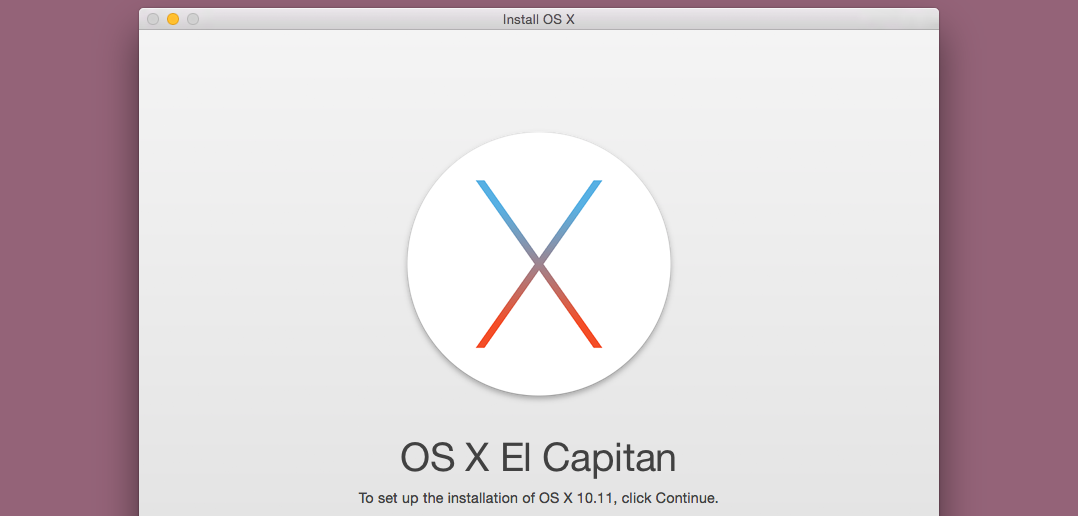- Parallels 11 For Mac Does Not See Bootable Usb Drive Windows 10
- Parallels 11 For Mac Does Not See Bootable Usb Drive Mac
- Parallels 11 For Mac Does Not See Bootable Usb Drive
A couple of years ago it was not possible to boot from USB on every computer (where the BIOS doesn't support this). There was a tiny ISO image which allows for booting from a USB stick.
The installation of Mac OS X 10.11 El Capitan on an external hard drive works on a SD Card, USB flash drive, USB drive or any other external hard drive connected via USB 2.0, USB 3.0, FireWire or Thunderbolt. However, the best choice is an external drive connected via USB 3.0 (up to 5 Gb/sec), Thunderbolt (up to 10 Gb/s) or Thunderbolt 2 (up to.
- 11) On restart you need to make sure you inserted the windows7/8 64 bit dvd into disc drive as daemon tools get detected no more. 12) On successful detection of windows disc, the installation will be carried out as usual.
- Now we have the same situation with software for virtual machines such as VMWare, Parallels Desktop and this ISO is useful again. I use Parallels Desktop 7 for Mac OS X which doesn't have an option to boot from USB or USB stick. I have following real world situation: I have HDD with Linux installed. It is not like Live CD, it is already configured by me.
- As you can see for yourself, you no longer need to insert a USB Flash Drive as Boot Camp Assistant can at last copy the Windows installer directly from an ISO disk image. This drastically shortens the Windows setup process as you literally just select the ISO file and how much space you want from Boot Camp, and then you click Install.
Now we have the same situation with software for virtual machines such as VMWare, Parallels Desktop and this ISO is useful again. I use Parallels Desktop 7 for Mac OS X which doesn't have an option to boot from USB or USB stick.
I have following real world situation:I have HDD with Linux installed. It is not like Live CD, it is already configured by me. I use it on my computer at work to boot environment I like and I use it at home to have same environment.Sometimes I work with Mac OS X and want to download something for my Linux (such as updates and new software) and configure something if I need.
I can't boot from it using Parallels Desktop or VMWare because BIOS in this VMs doesn't recognize my USB or it can't be attached before I run my VM.
Where can I find an ISO that would allow me to boot from a USB stick?
4 Answers
Add a new Hard Disk to your VM and then select the option to use a physical disk. Afterwards just choose the disk that corresponds to the USB disk, you can even use the option to select individual partitions to deduce what is the actual # for your USB drive.
Use the Plop boot manager:
- From the download page, download 5.0.13.zip
- Unzip the file
- Make your VM's virtual DVD/CD drive use plpbt.iso as the image
- Connect your USB drive to the VM's virtual hardware
- Boot your VM from the ISO
- In the boot screen select you want to boot from USB
- Continue the boot from USB

Parallels 11 For Mac Does Not See Bootable Usb Drive Windows 10
I've found what I want! Google search string was 'boot from iso old bios'
Eir NymEir Nym
If you want a small image you should check out damn small linux, you can find some pretty detailed instructions here.
Parallels 11 For Mac Does Not See Bootable Usb Drive Mac
